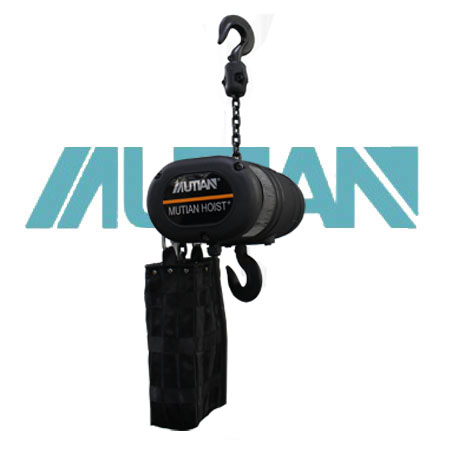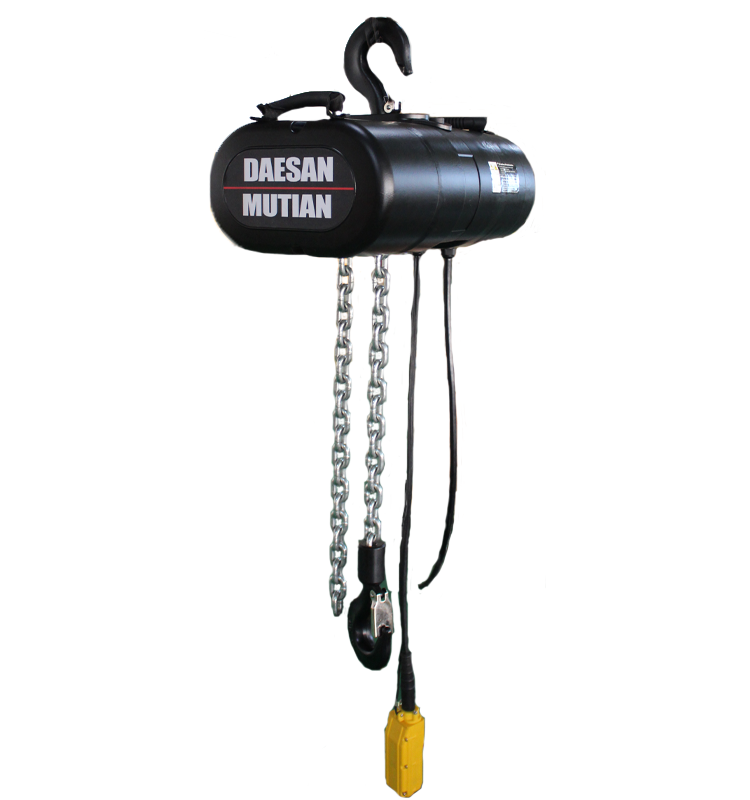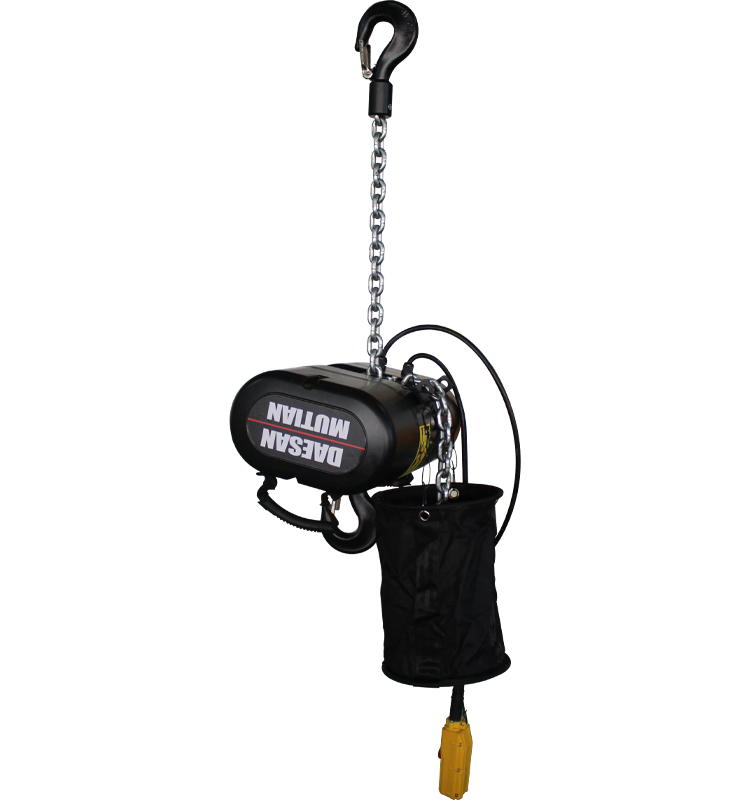 中文版
中文版



Welcome to contact us by phone:0086-0312-7969888
Using a suspended stage electric hoist involves several considerations to ensure safety, efficiency, and proper operation. Here are key points to pay attention to when using a suspended stage electric hoist:
Manufacturer's Instructions:
Always follow the manufacturer's instructions and guidelines provided in the user manual. The manufacturer's recommendations are crucial for the safe and proper use of the specific electric hoist model.
Installation by Professionals:
The installation of the suspended stage electric hoist should be carried out by qualified professionals or technicians with experience in rigging and hoisting systems. Ensure that the installation complies with local regulations and standards.
Regular Inspections:
Perform regular inspections of the electric hoist, including checking for signs of wear, damage, or corrosion. Inspect the wire rope, hooks, and other components to ensure they are in good condition. Any damaged or worn parts should be replaced promptly.
Load Capacity:
Adhere to the specified load capacity of the electric hoist. Avoid overloading the hoist, as this can lead to equipment failure and pose safety risks. Consider the weight of the load and any dynamic forces during lifting.
Suspended Loads:
Be cautious when working with suspended loads. Ensure that the load is properly attached and balanced to prevent swinging or unintended movements during lifting or lowering operations.
Emergency Stop Function:
Familiarize yourself with the emergency stop function of the electric hoist. In case of an emergency or if an unsafe condition is detected, the hoist should be capable of immediate and complete shutdown.
Control Mechanism:
Check the control mechanism, such as pendant controls or remote controls, for proper functionality. Ensure that the controls are responsive and that the operator is trained on their use.
Limit Switches:
Electric hoists are equipped with limit switches that prevent overtravel in both the upper and lower directions. Make sure these limit switches are properly set and functioning to prevent collisions and excessive travel.
Wire Rope Condition:
Regularly inspect the wire rope for signs of wear, kinks, or damage. Follow the manufacturer's recommendations for wire rope maintenance and replacement intervals.
Environmental Conditions:
Consider the environmental conditions where the suspended stage electric hoist is used. Factors such as temperature, humidity, and exposure to corrosive substances can impact the hoist's performance. Choose an electric hoist that is suitable for the specific environment.
Training and Certification:
Ensure that operators and rigging personnel are adequately trained and certified to operate the suspended stage electric hoist. Training should cover safe operation, emergency procedures, and proper rigging practices.
Documentation:
Keep thorough documentation, including maintenance records, inspection reports, and certifications. This documentation is important for compliance with safety regulations and standards.
Emergency Procedures:
Establish clear emergency procedures and communication protocols. In the event of a malfunction, power outage, or other emergencies, operators should know how to respond quickly and safely.
By paying attention to these considerations, users can help ensure the safe and efficient operation of suspended stage electric hoists in entertainment and performance settings. Safety is paramount, and adherence to best practices and guidelines is essential to prevent accidents and ensure the well-being of both operators and performers.


X